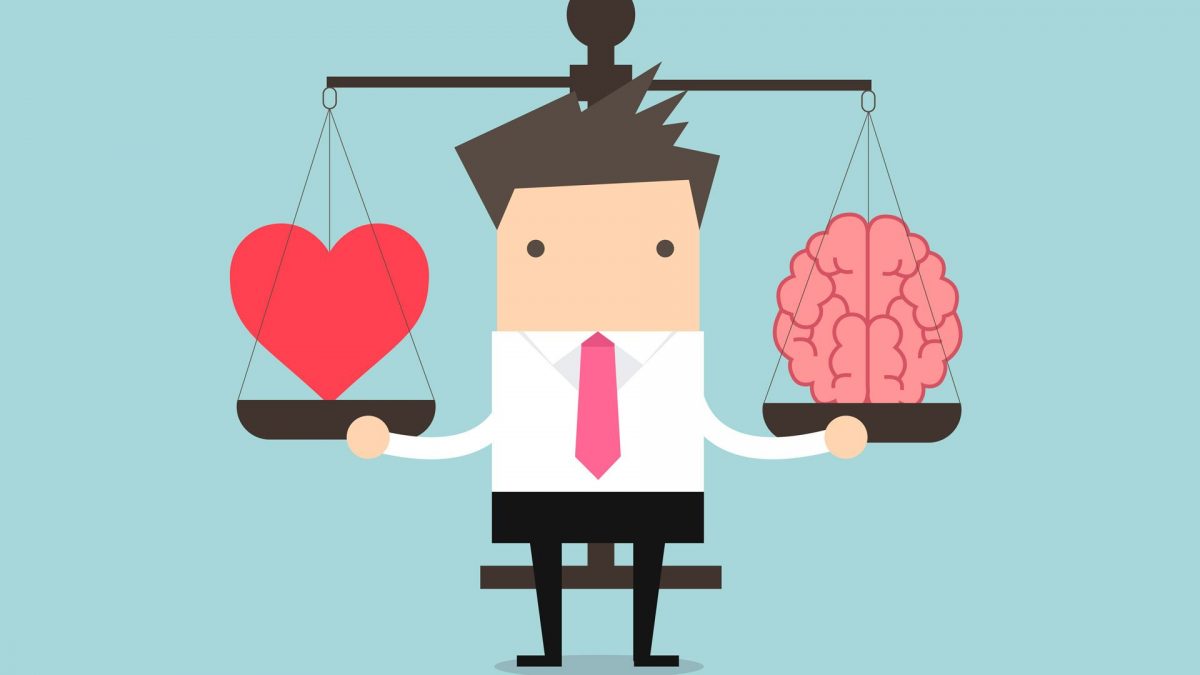The emotional intelligence field is a very new area of study in psychological research. The definition therefore is varied and is constantly changing. It was only in 1990 that Salovey and Mayer came up with the first published attempt in trying to define the term. They defined emotional intelligence as the ability to monitors one’s own and other feelings and emotions, to discriminate among them and to use this information to guide ones thinking and actions.
Emotional intelligence to a larger extent involves “emotional empathy” which is the ability to concentrate on one’s emotions and recognize mood both of themselves and others. It further describes how well one is able to adapt to various life challenges like stress and difficult incidences. It also involves the ability balance “honest expression of emotions against courtesy, consideration and respect”. This would obviously involve possession of some level of good social and communication skills.
Read More:
- Introduction to Emotional Intelligence
- Four Components of Emotional Intelligence
- Domains of Emotional Intelligence
- Four Branch Model of Emotional Intelligence
Emotional intelligence is often times measured using the Emotional Intelligence quotient (EQ) which is more of a description of the capacity or ability to perceive, then assess and eventually manage one’s own and others emotions, To date there are mainly three emotional intelligence models which include:
- Emotional intelligence Model based on Trait
- Emotional Models based on Ability
- Emotional intelligence from Mixed models
1. The Trait Emotional Intelligence Model
Trait emotional intelligence or Trait emotional self efficacy refers to a constellation or behavior dispositions and self-perceptions regarding a persons ability to recognize, process and utilize emotional-laden information” where the trait emotional intelligence should be measured within the framework of an individuals personality.
The trait emotional intelligence is measured by several tools of self-report and include the EQ, the Six seconds emotional intelligence assessment, the Swinburne University emotional intelligence test (SUEIT) and the Schutte self report emotional intelligence test (SSEIT). A trait emotional intelligence questionnaire (TEIQUE) that is in 15 languages was designed specifically in an open- access manner to measure EI comprehensively.
2. Emotional Intelligence Model based on Ability
Salovey and Mayer revised their Emotional Intelligence definition and upgraded it to read as “the ability to perceive emotion, integrate emotion to facilitate thought, understand emotions and regulate emotion to promote personal growth.
This model upholds emotions as vital information sources that enable a person to make good use of the social environment. According to the model, an individual’s ability to process emotional information varies from one person to another and certain adaptive behaviors manifest themselves in this ability. The model thus goes further to propose four ability types that include;
- Perceiving of emotions
- Using of emotion
- understanding emotions and
- Initiating the emotions
Upon the development of this model, it heralded the development of a measurement instrument that was named after its proponents, Mayer-Salovey-Caruso Emotional Intelligence Test (MSCEIT) which is based on various “emotion- based problem solving items”.
The ability of a person is measured on the four branches of emotional intelligence which then generates a score for each branch and eventually the total score.
3. Mixed Models of Emotional Intelligence
Included in the mixed emotional intelligence model are Goleman’s Emotional Competencies and Bar-On’s emotional-social intelligence model.
The Emotional Competencies (Goleman) Model
This is a model that was introduced by Daniel Goleman who portrays emotional intelligence as a combination of a variety of skills and competencies that strengthen managerial performance. The managerial performance in human resources is measured by a 360-degree feedback program known as the “multi-source feedback” or “multi-rate feedback” or “multi-source assessment” which assesses the employee in totality.
In this model, Goleman developed 4 outlines for emotional intelligence. These main outlines include;
- Self-awareness: This is the ability to understand ones emotions and recognizing their impact.
- Self-management: Being able to adapt to charging circumstances by controlling ones emotions.
- Social awareness: Being able to understand sense other people emotions and reacting to them while understanding the social networks.
- Relationship management: Which includes being able to inspire, develop and influence others in a conflict management set-up. Within each outline, Goleman included a set of emotional competencies which are learned capabilities and to achieve outstanding performance, must be developed and worked on. To learn the emotional competency, each individual is born with a level of emotional intelligence which determines the potential to learn.
Measurement tools utilized in this model include the ECI (Emotional Competency Inventory) an emotional intelligence appraisal taken as a 360-degree assessment or a self- report assessment.
The Bar-On Model of Emotional-Social Intelligence (ESI)
This model was developed by Reuven Bar-On who was a psychologist. He defined emotional intelligence as “involving the effective understanding of others including oneself and being able to relate well with people and developing the ability to deal effectively with the environmental dynamics and adapting and coping with them. According to Bar-On, emotional intelligence is developed over the time and improved by training therapy and programming.
He developed what is termed as the “Emotional Quotient” which indicated a measure of emotional intelligence where higher EQ individuals are successful under any form of environmental demands and pressures. He also posited that Emotional Intelligence deficiency is usually accompanied by emotional problems. Therefore according to him, the potential to succeed in life lies in both the cognitive intelligence and emotional intelligence.
As a measurement tool the Bar-On Emotion Quotient Inventory (EQ-i) was developed and estimates a person’s both emotional and social intelligence. It measures the individual’s mental ability to succeed in any environmental circumstance.
To obtain a Total Emotional Quotient (Total EQ), 133 items are used that inform and produce scores to correspond with the 5 main components of the model.
